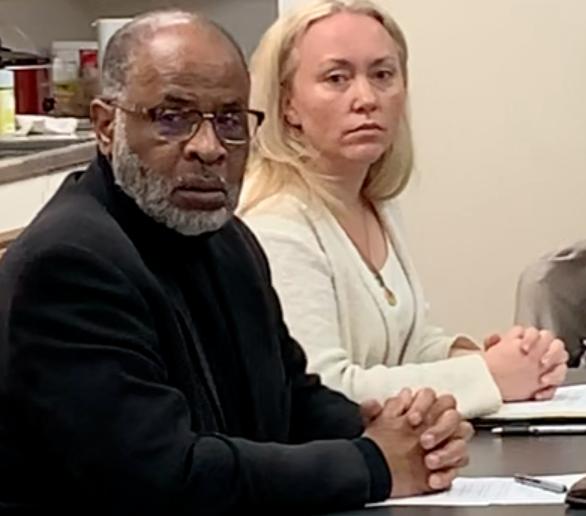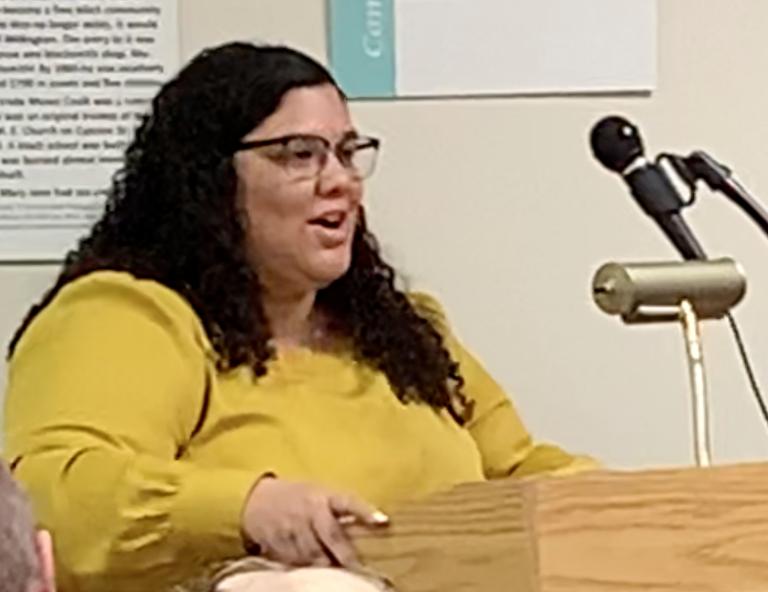This video is about 38 minutes long.
Although a federal judge may have the final say, advocates for moving the Confederate monument from the courthouse lawn and those who want it to remain voiced their opinions Tuesday night, June 8.
The issue has been the predominant topic of public comments over the past year as the Talbot County Council met virtually during the COVID-19 pandemic and remained so for the council’s first in-person meeting in more than a year.
For those who want to Move Talbot’s Confederate Monument, the monument honors a failed, traitorous rebellion against the United States by those who wanted to maintain and extend slavery. The young flag bearer atop the monument holds a Confederate battle flag and the monument is dedicated “To the Talbot Boys C.S.A.,” the Confederate States of America.
The monument is a reminder of a time when people were enslaved, mistreated, raped, and murdered simply because of the color of their skin, move supporters say. That message of racism and white supremacy should not sit outside the Talbot County Circuit Court, where justice without prejudice is expected.
For those who want to Preserve Talbot History, the monument honors Talbot men who joined the Confederacy to fight against unconstitutional injustices in the county and Maryland at the hands of federal troops that occupied the state during the Civil War.
The monument should remain on the courthouse lawn, where it has stood for more than 100 years, envisioned during the 50th anniversary of the Battle of Gettysburg, remain supporters say.
A third group, the Union Talbot Boys, is raising funds for a monument honoring Talbot’s Union veterans, who vastly outnumbered those who joined the Confederacy. A Union monument had been proposed in 1913, but the effort lost impetus as a result of World War I.








